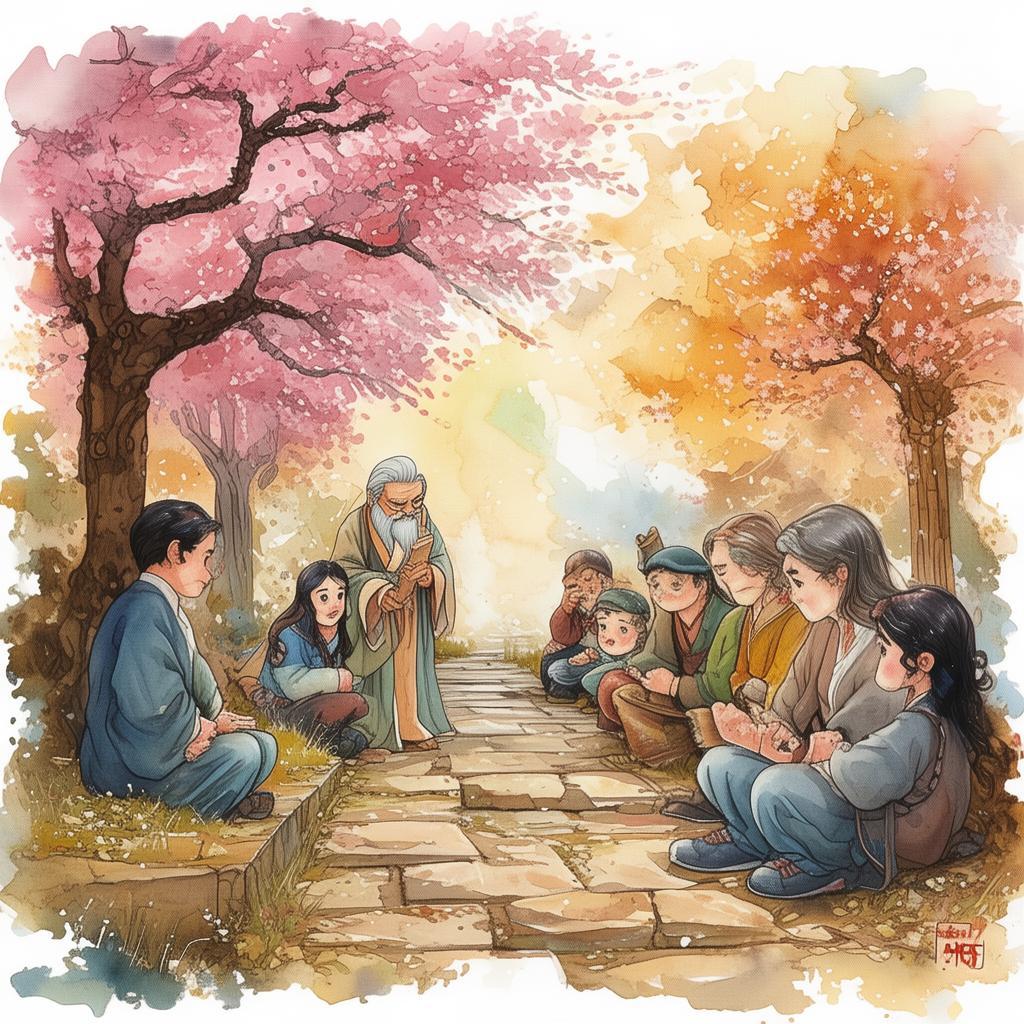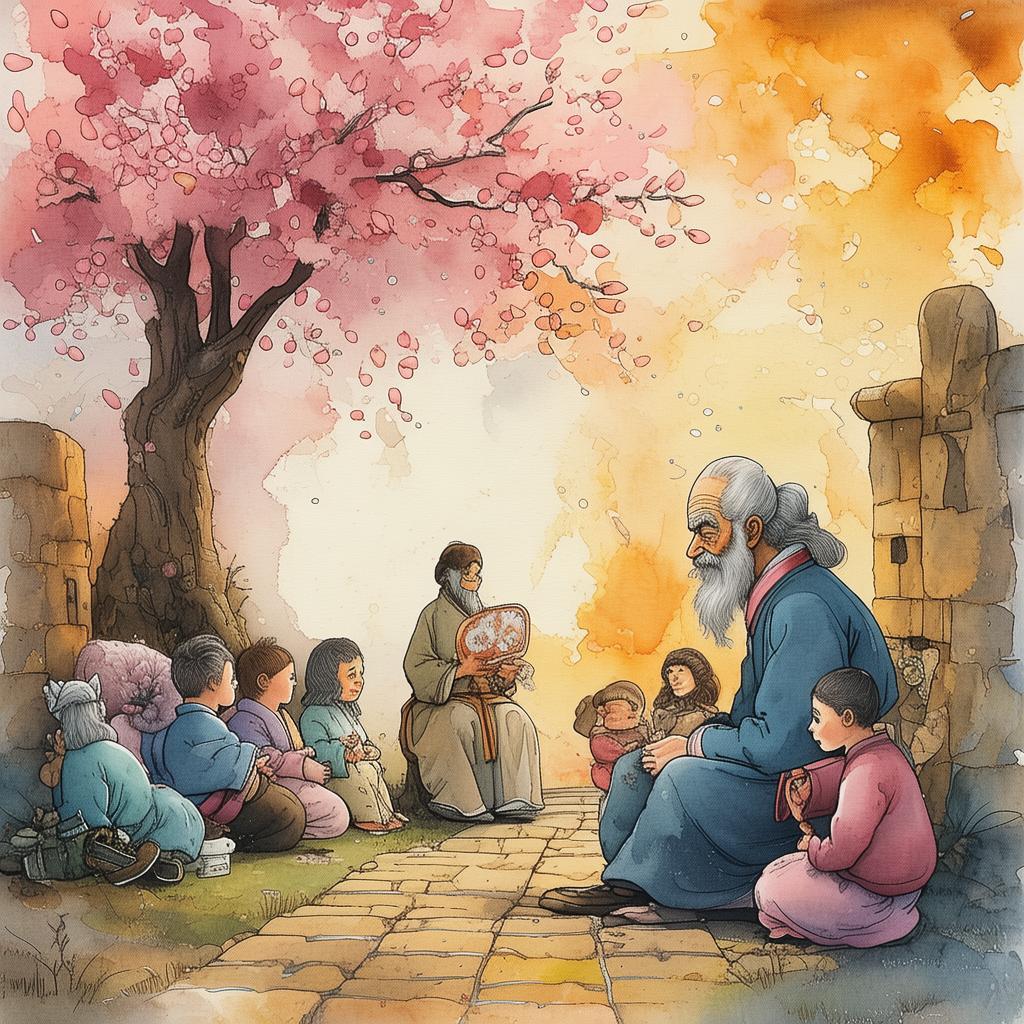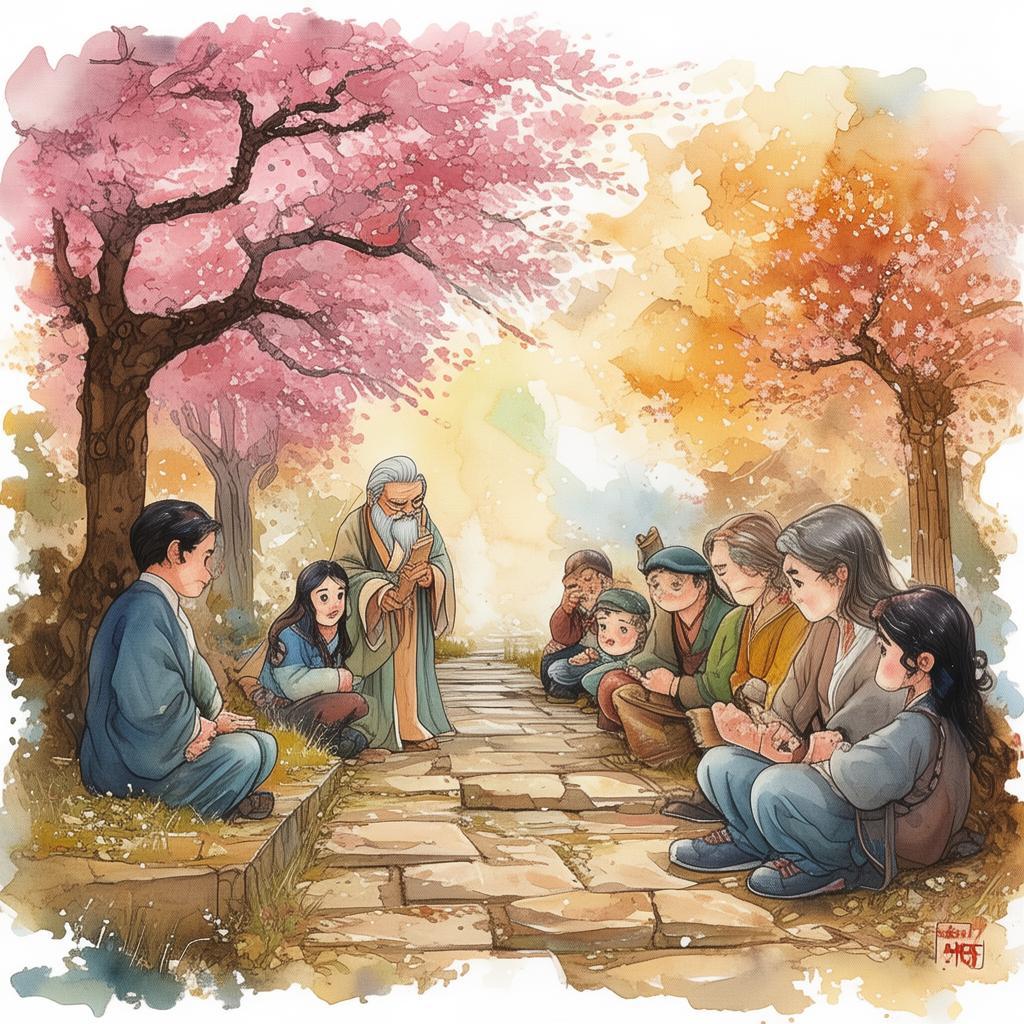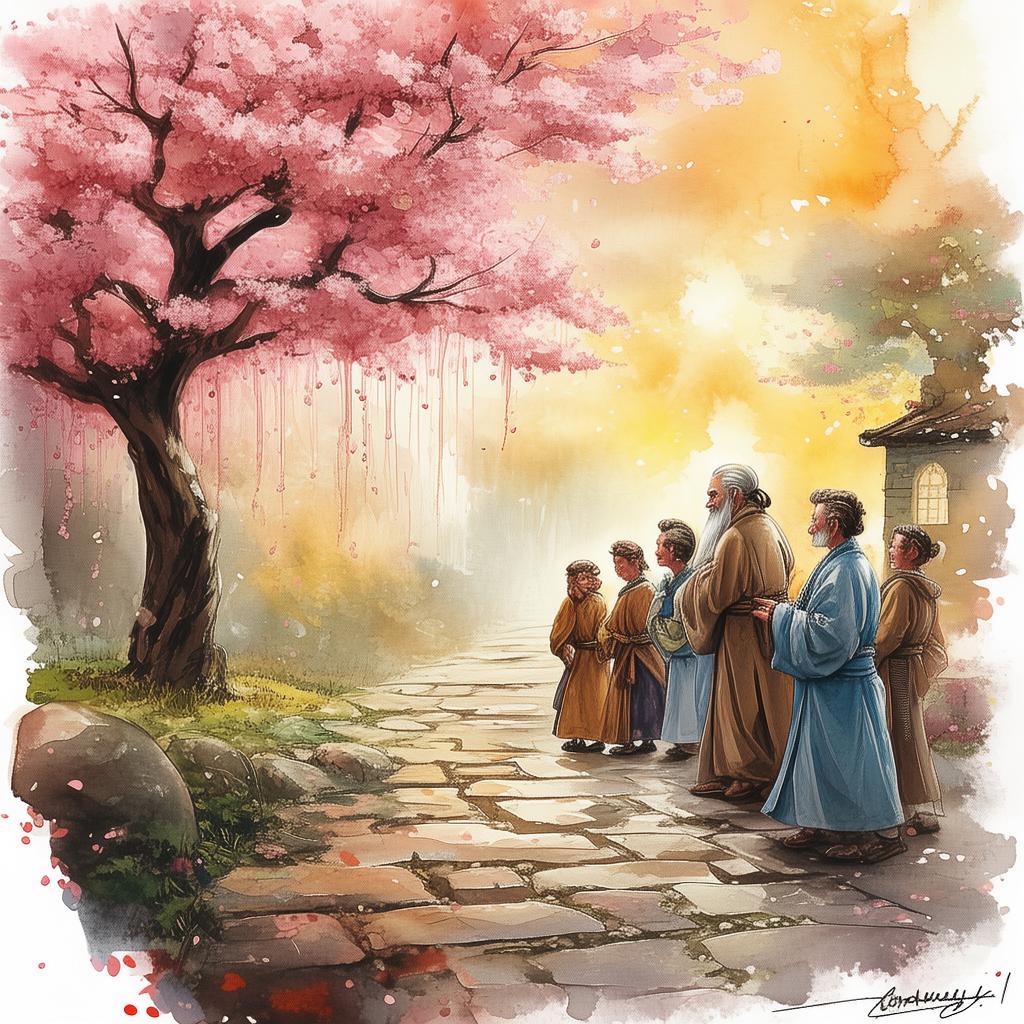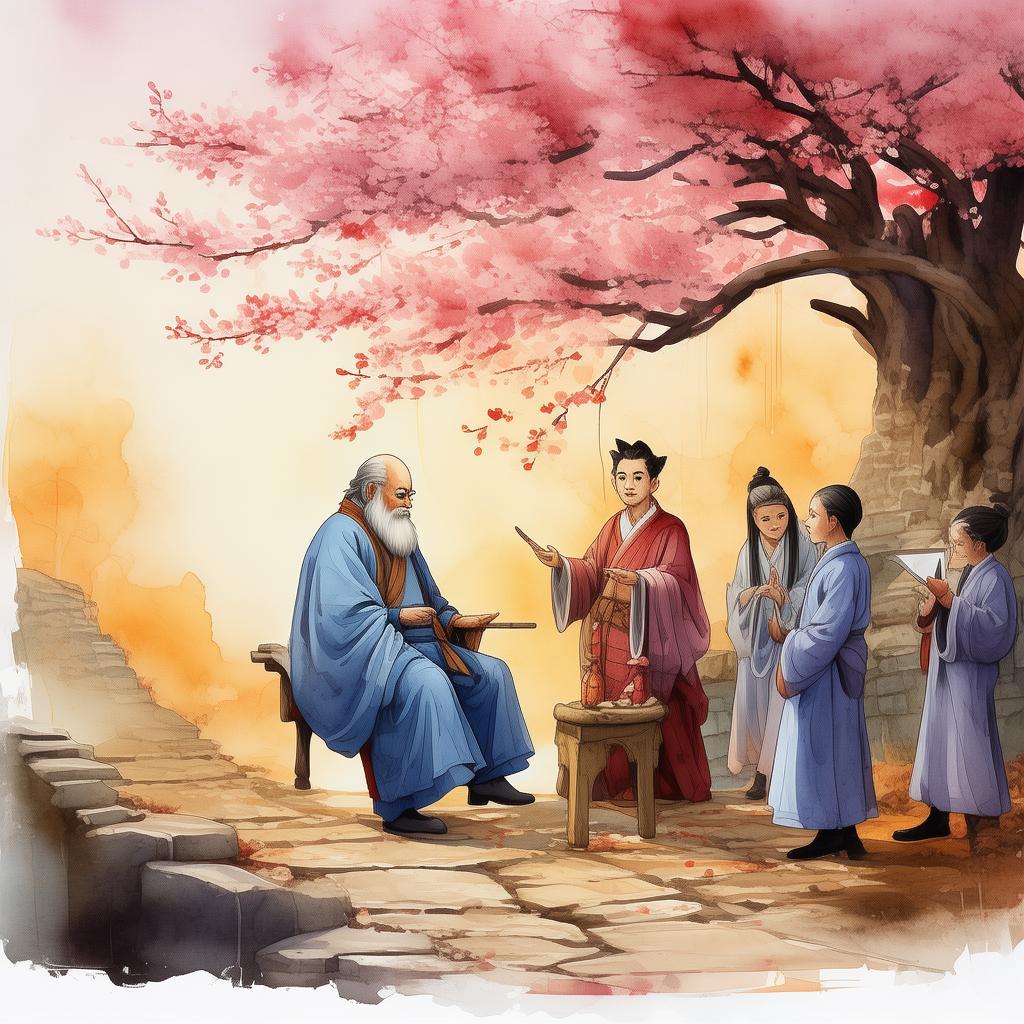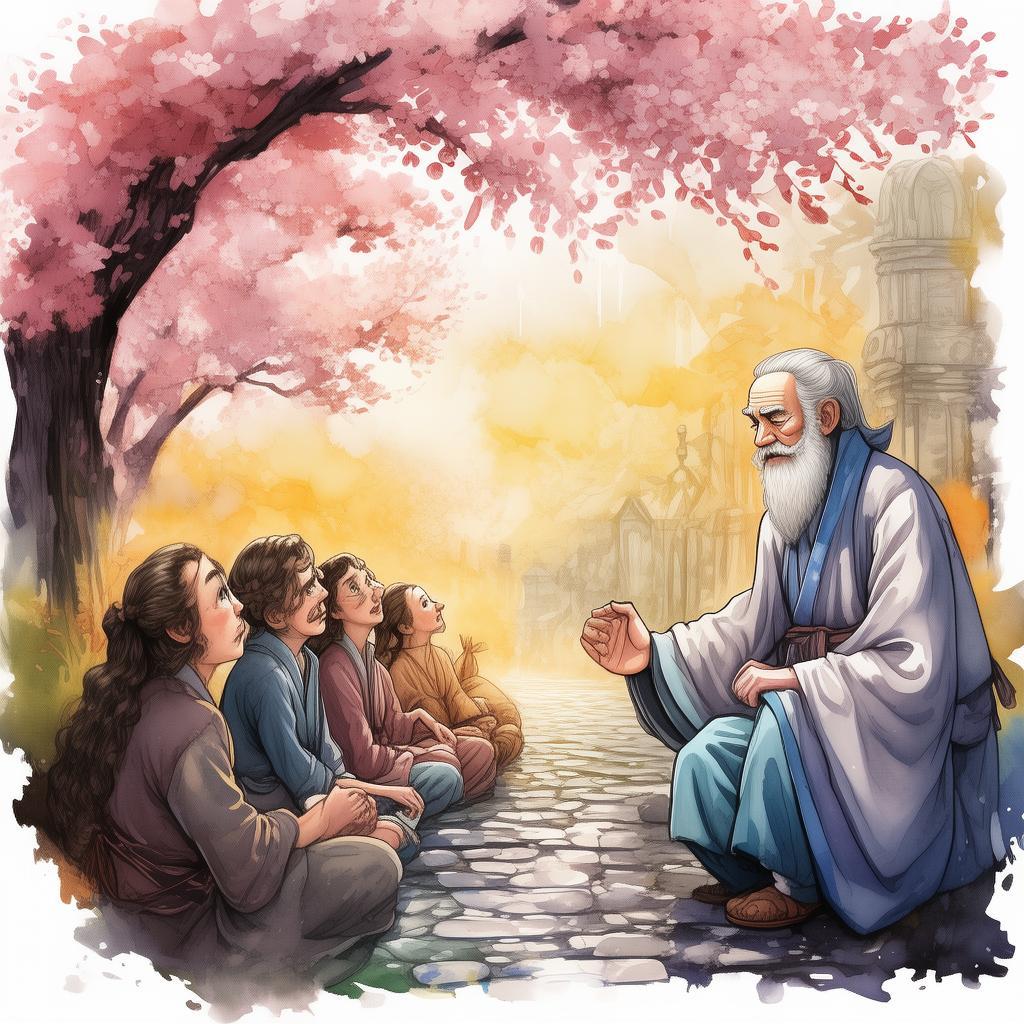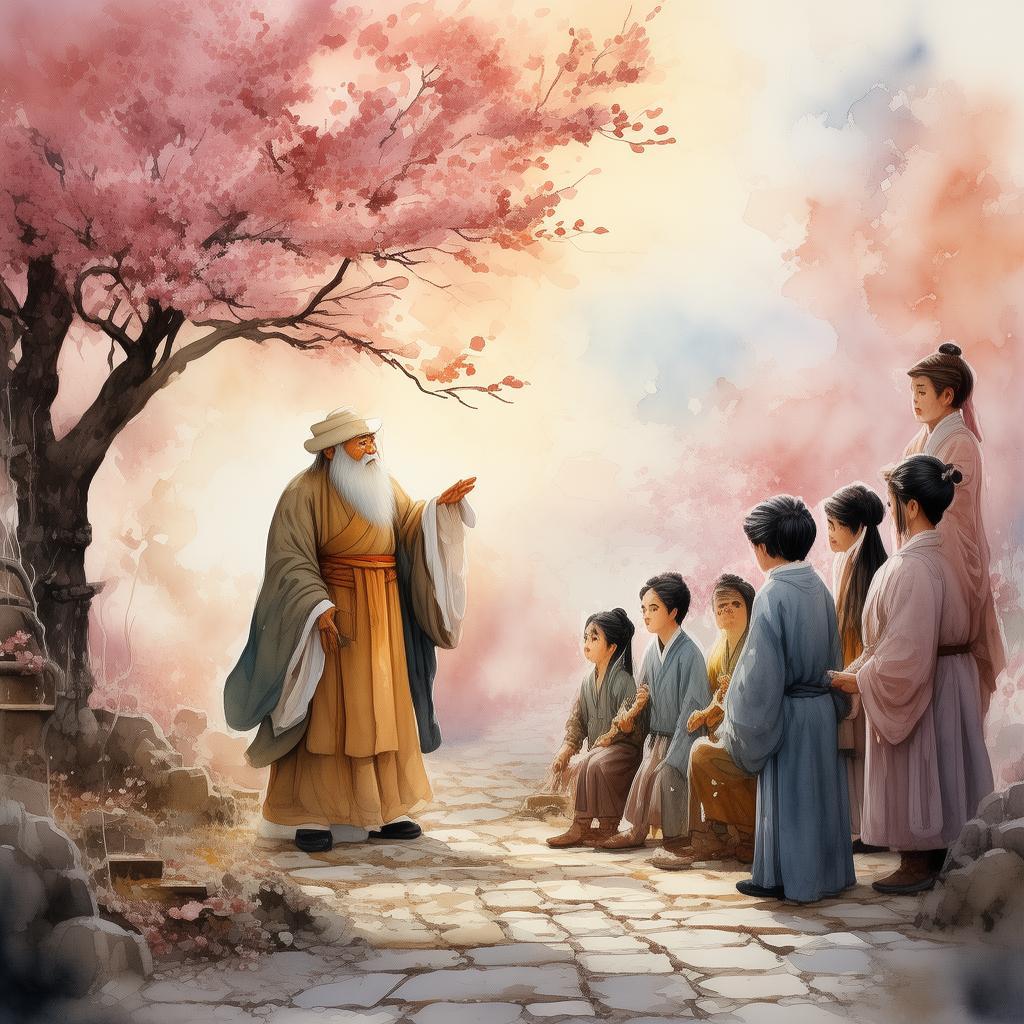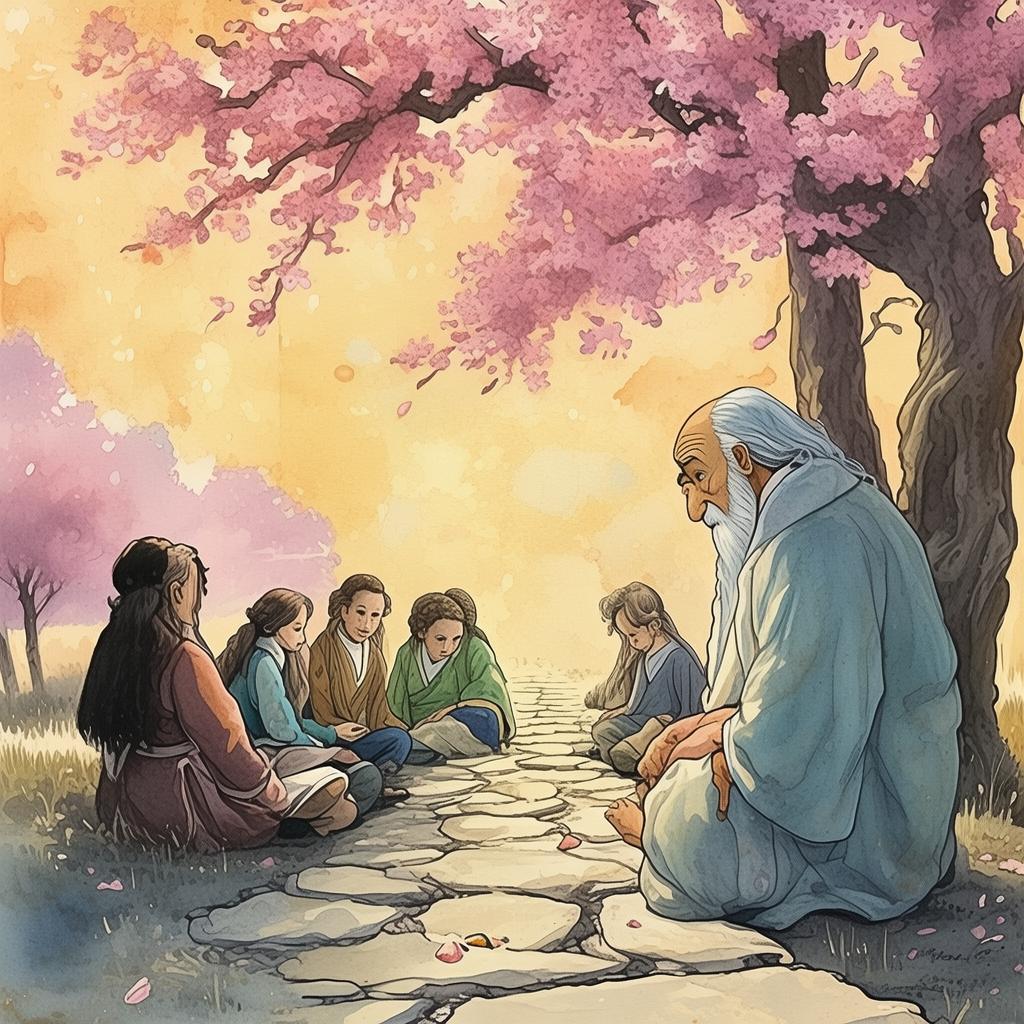The Silk Weaver's Dilemma: A Quest for Perfection
In the quaint village of Lushan, nestled between rolling hills and dense forests, there lived a silk weaver named Liang. Her name was spoken in hushed tones, for Liang was not just a weaver; she was a master of the art. Her silks were renowned far and wide, each thread woven with such precision and beauty that they seemed to glow with an inner light.
Liang had a dream: to create the perfect silk, a fabric that would outshine all others, a testament to her skill and dedication. She spent day and night at her loom, her fingers dancing across the silk as if they had a life of their own. The village folk would often peek through the window to catch a glimpse of the master at work, their eyes wide with admiration.
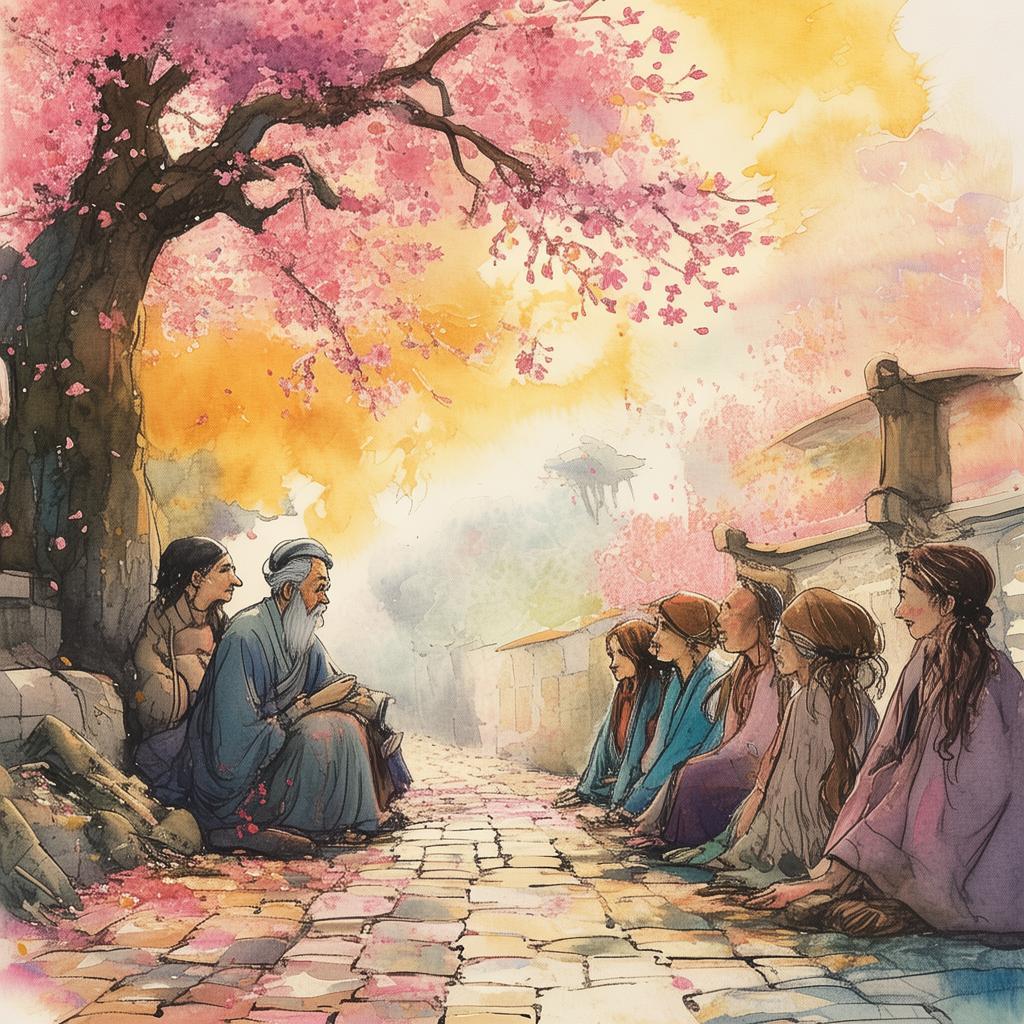
One evening, as Liang worked late into the night, she noticed a peculiar mark on the silk, a faint, almost imperceptible imperfection. Her heart sank. The quest for perfection was her life's work, and this mark threatened to shatter her dream. She tried to hide it, to weave around it, but the more she worked, the more obvious it became.
Liang knew she had to fix it. She sought advice from the village elder, a wise man whose words were as valuable as his years. "Liang," he said, his eyes twinkling with a knowing smile, "perfection is a journey, not a destination. You cannot escape the imperfections of the world, nor can you escape your own."
But Liang was not one to be deterred. She resolved to seek the answer to her quest in the very source of her art: the spider's silk. She ventured into the heart of the forest, where the spiders spun their intricate webs, a testament to nature's own masterpiece.
As she watched the spiders, Liang was struck by their methodical nature. Each thread was spun with care, each knot tied with precision. Yet, despite their meticulous approach, the webs were never perfect. There were always small gaps, imperfections that were as much a part of the web as the threads themselves.
In that moment, Liang realized that the pursuit of perfection was not about creating a silk without flaws; it was about embracing the beauty in imperfection. She returned to her loom, the weight of her decision hanging heavily on her shoulders.
The next morning, Liang began to weave once more. This time, she embraced the imperfections, allowing them to add character to her fabric. The silk, once cold and rigid, now seemed to breathe, to have a life of its own. The village folk were amazed by the transformation, their awe turning to admiration as they saw the silk's new life.
Liang's journey had not been easy. She had faced the temptation of perfection, the allure of creating something without blemish. But in the end, it was the imperfections that made her silk truly special. The silk weaver's dilemma had led her to a new understanding, one that would change her life and the lives of those who wore her creations.
The tale of Liang and her silk spread through the land, inspiring others to embrace the beauty in imperfection. And so, the village of Lushan became famous for more than just its silk, but for the wisdom that had emerged from the heart of the web.
✨ Original Statement ✨
All articles published on this website (including but not limited to text, images, videos, and other content) are original or authorized for reposting and are protected by relevant laws. Without the explicit written permission of this website, no individual or organization may copy, modify, repost, or use the content for commercial purposes.
If you need to quote or cooperate, please contact this site for authorization. We reserve the right to pursue legal responsibility for any unauthorized use.
Hereby declared.


